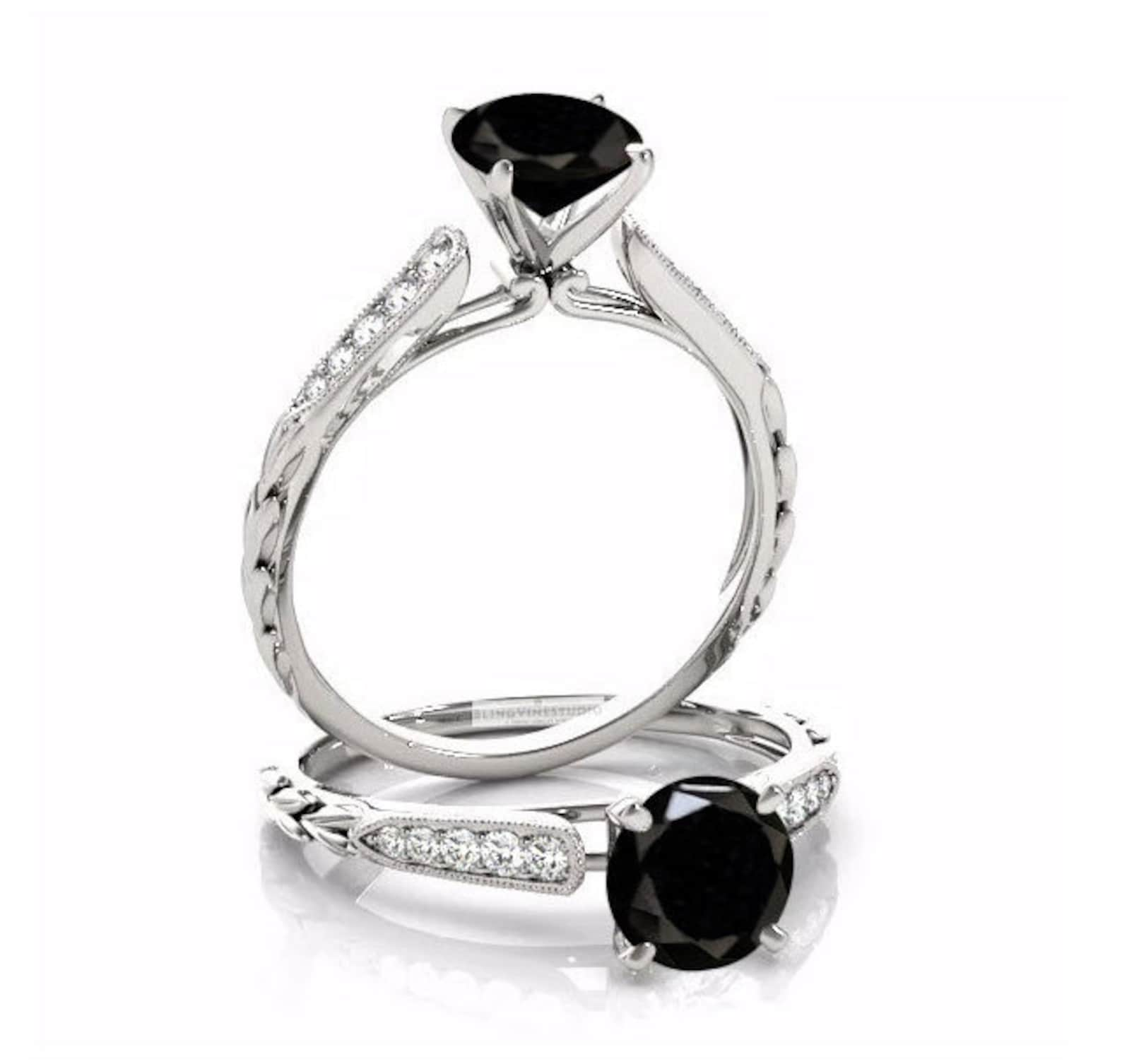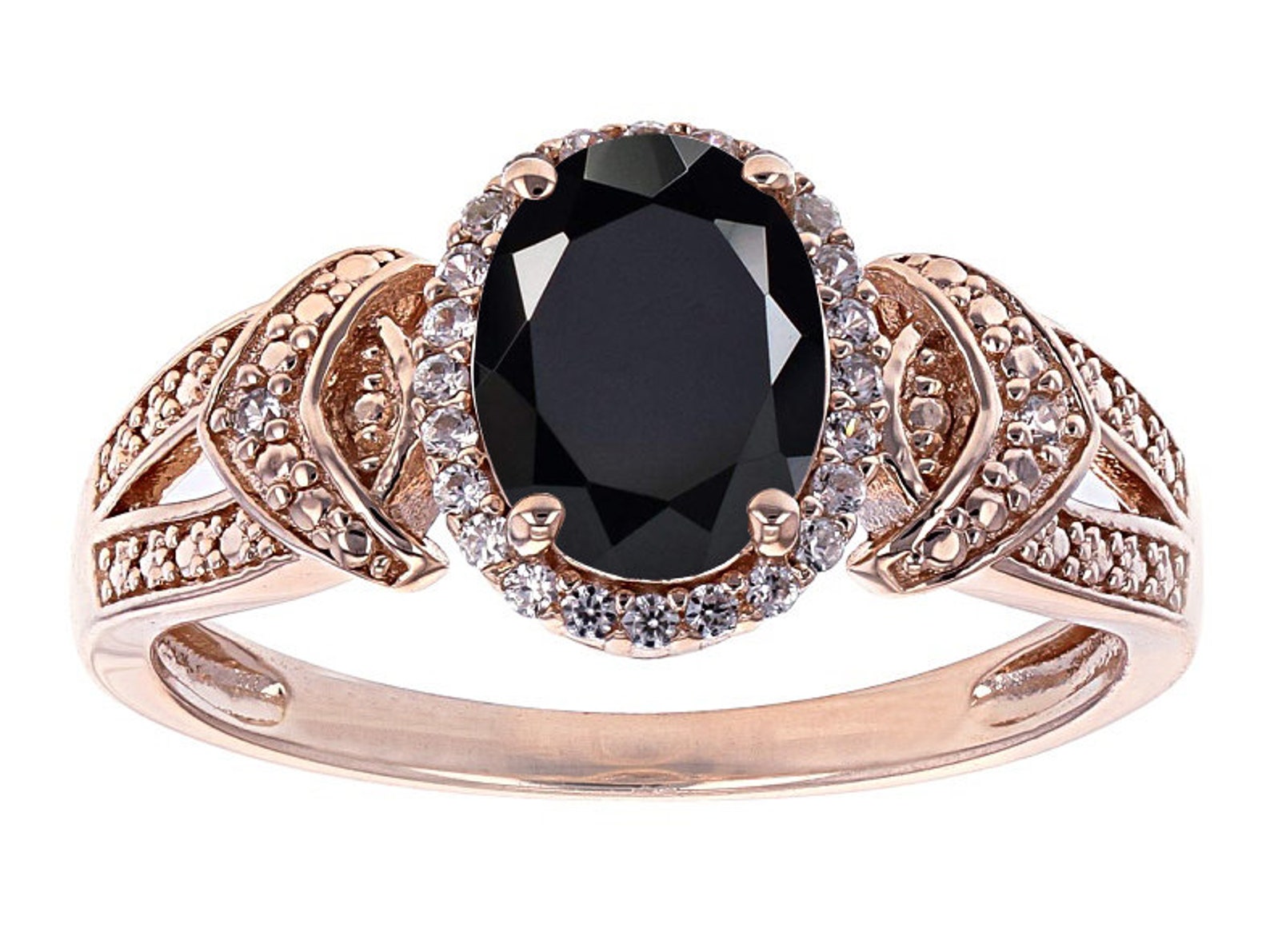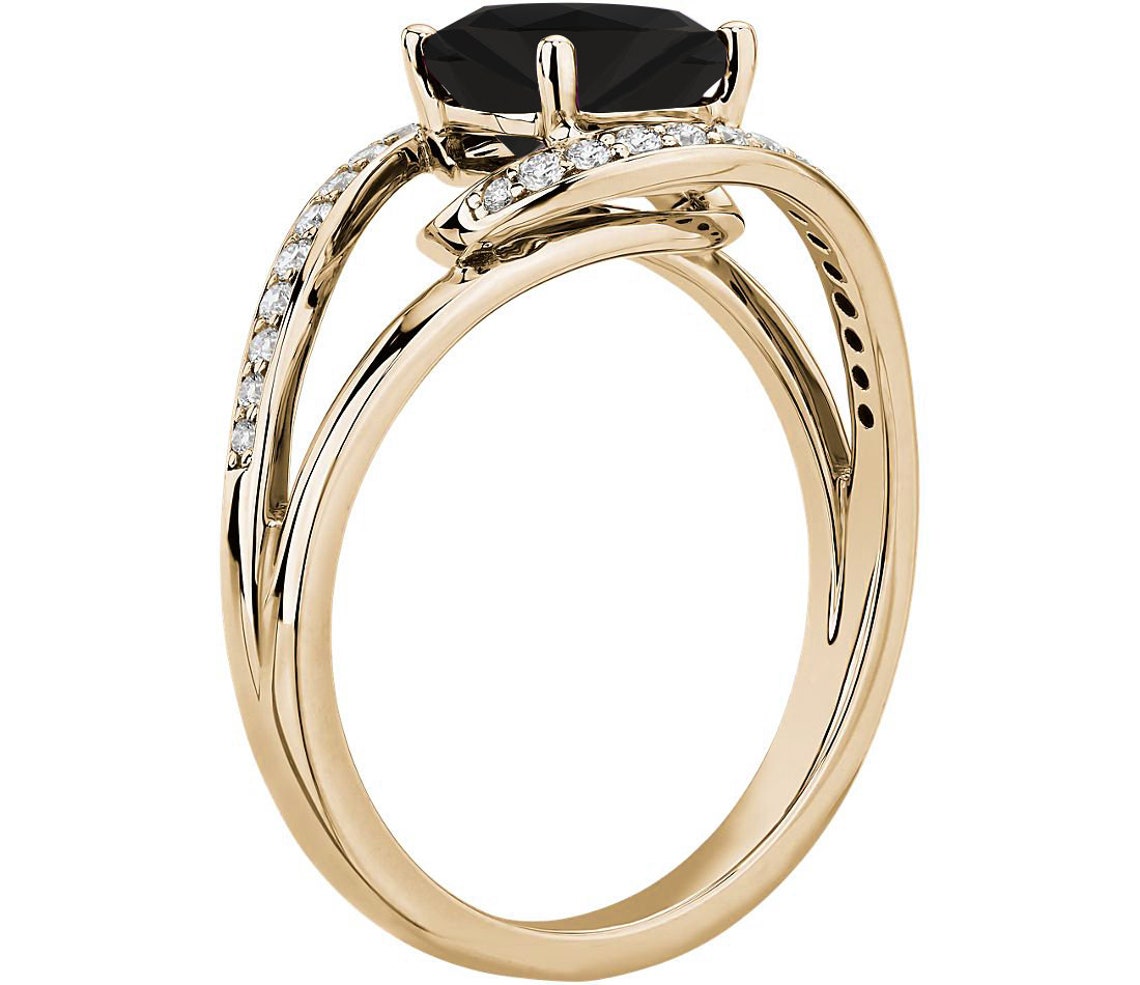

The actual body color of a black diamond ranges from a nearly colorless brown, dark brown, dark green body color, olive green to black. An AAA quality black diamond is considered to be ‘nearly perfect. That’s even if it is categorized as an AAA quality black diamond, it never has a perfectly smooth surface. Here’s a fact about black diamonds: no matter how shiny or sparkly a black diamond looks from afar, it usually comes scratches and a few nicks on its surface. Typically, jewelry experts would advise you to identify a black diamond using a magnifying glass. The first thing you’ll notice when you first glance at a black diamond is its inclusions or small imperfections in its structure. Whether a black diamond is treated or natural, what defines a diamond is its crystalline atomic structure, especially the amorphous carbon, and chemical composition. There are ongoing debates about these lab-made diamonds can be classified as diamonds in the first place. Man-made: these are also called lab-grown diamonds that are being obtained and synthesized in the lab.Treated Black Diamonds: Cheaper industry-grade white diamonds, when subjected to heat and irradiation turns into a treated black diamond.That is why it possesses its black color. Natural or Raw Black Diamonds: This type is naturally occurring black diamonds or carbonado diamonds that possess more clusters of graphite as compared to white diamonds.Raw black diamonds are only found in the Central African Republic and Brazil. The first thing you need to know about black diamonds is they are rare.

What You Need to Know About a Natural Black Diamond

Read further to know more about black diamonds before investing in one.
#UNCUT BLACK ONYX ENGAGEMENT RING HOW TO#


 0 kommentar(er)
0 kommentar(er)
